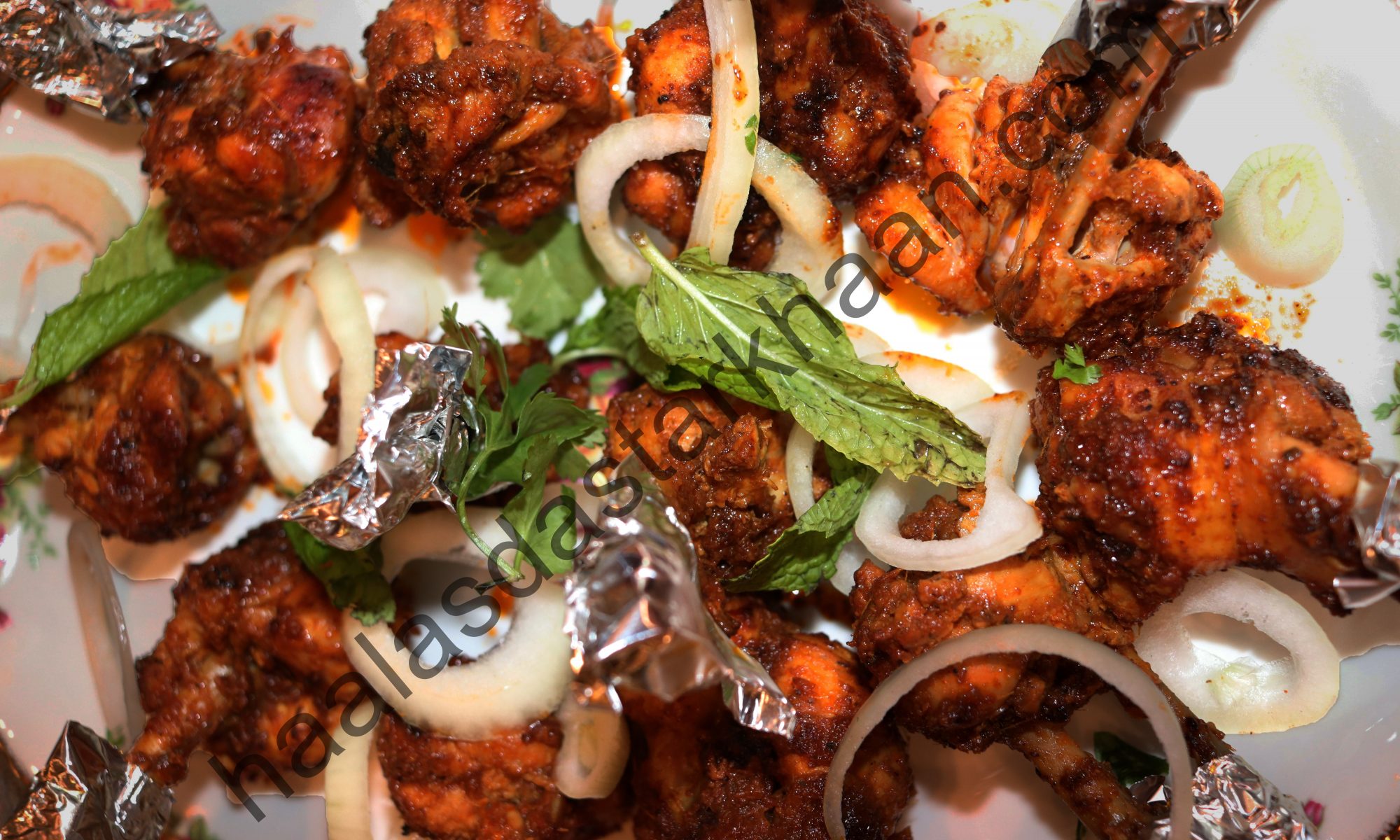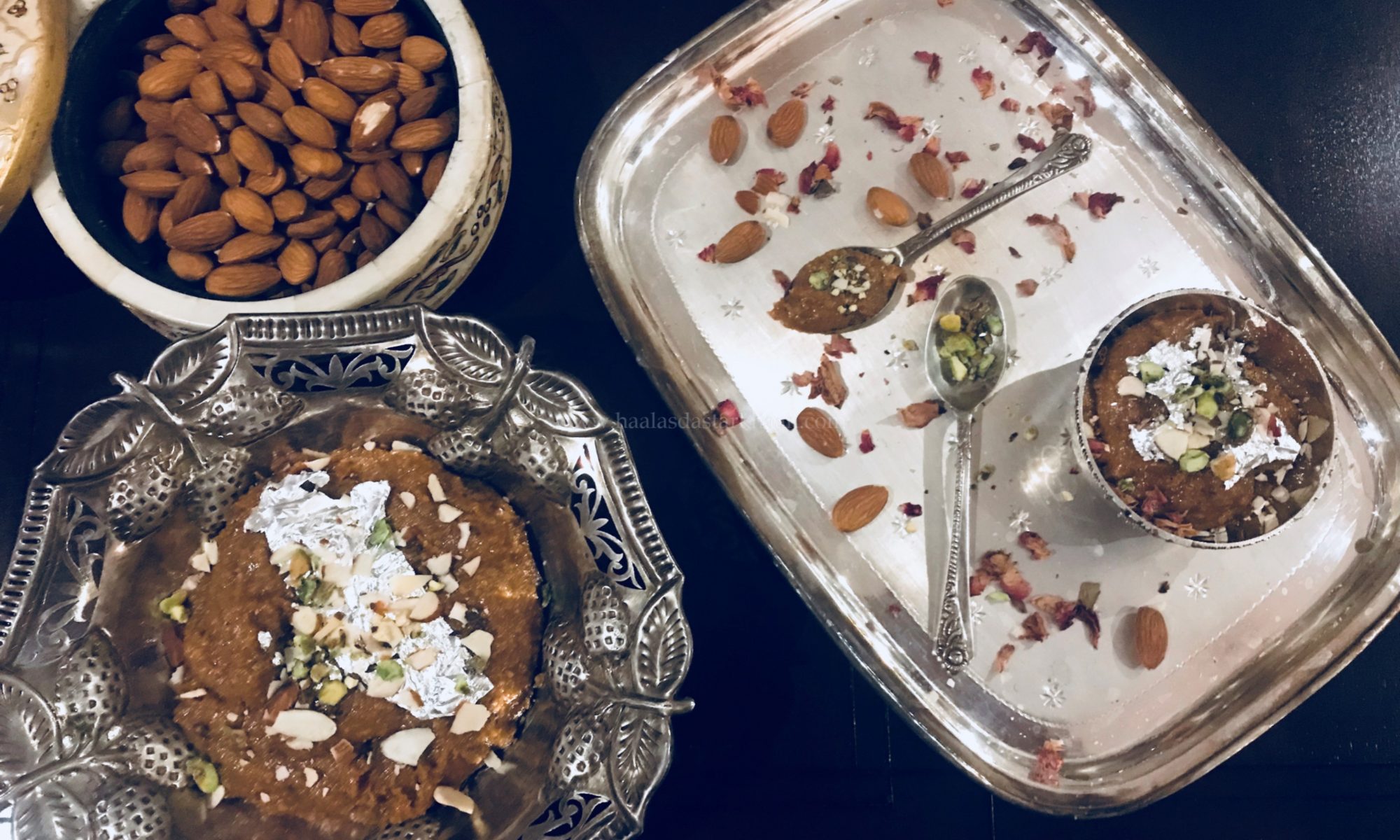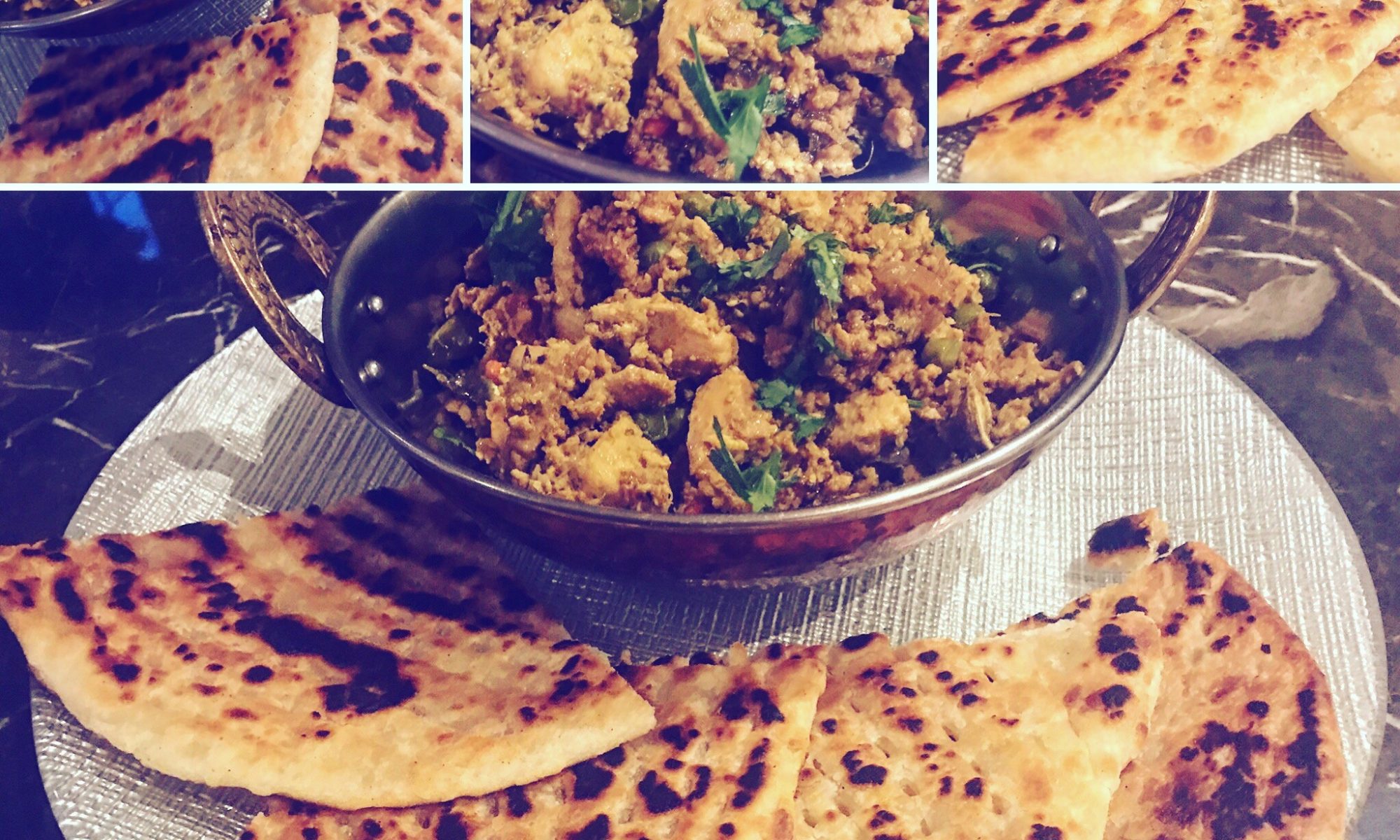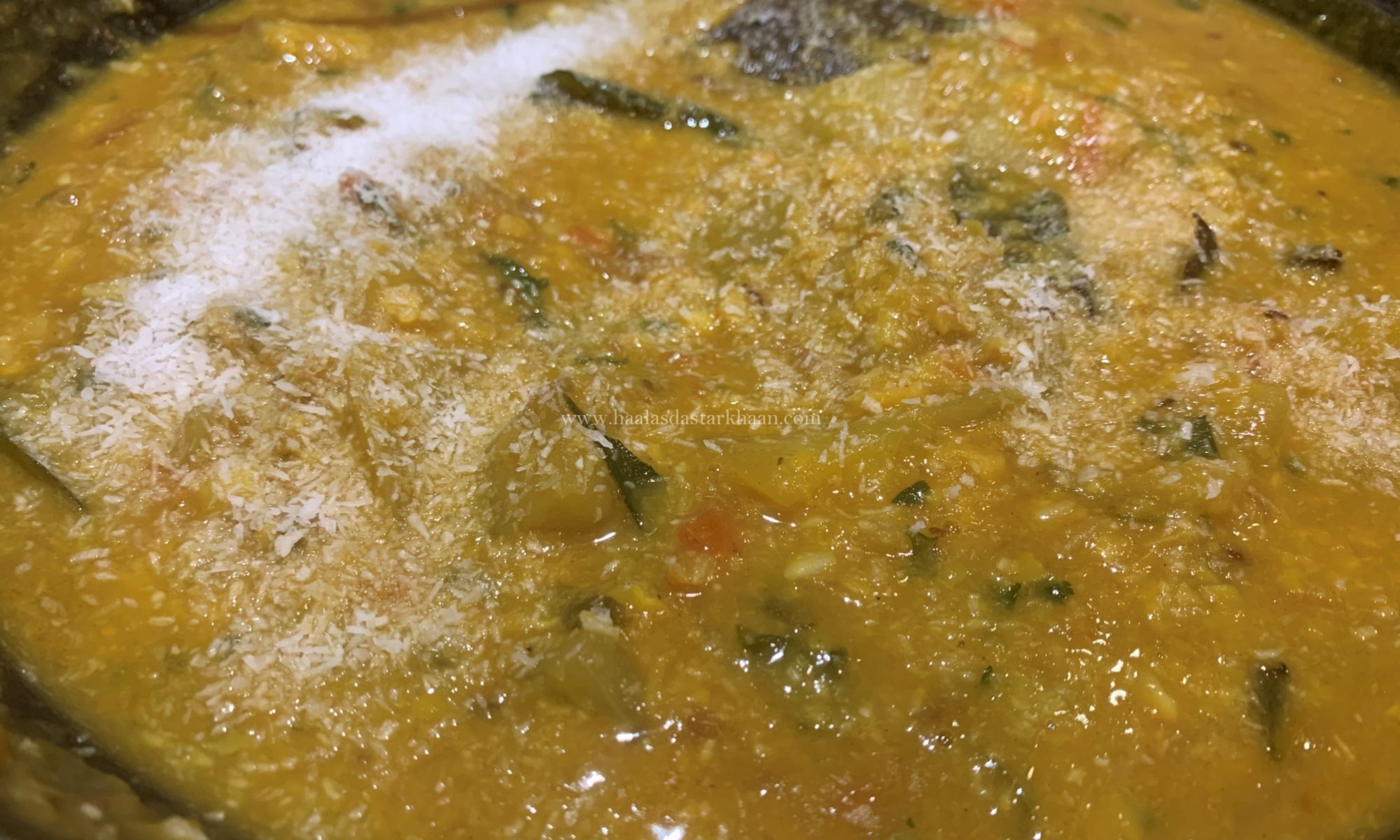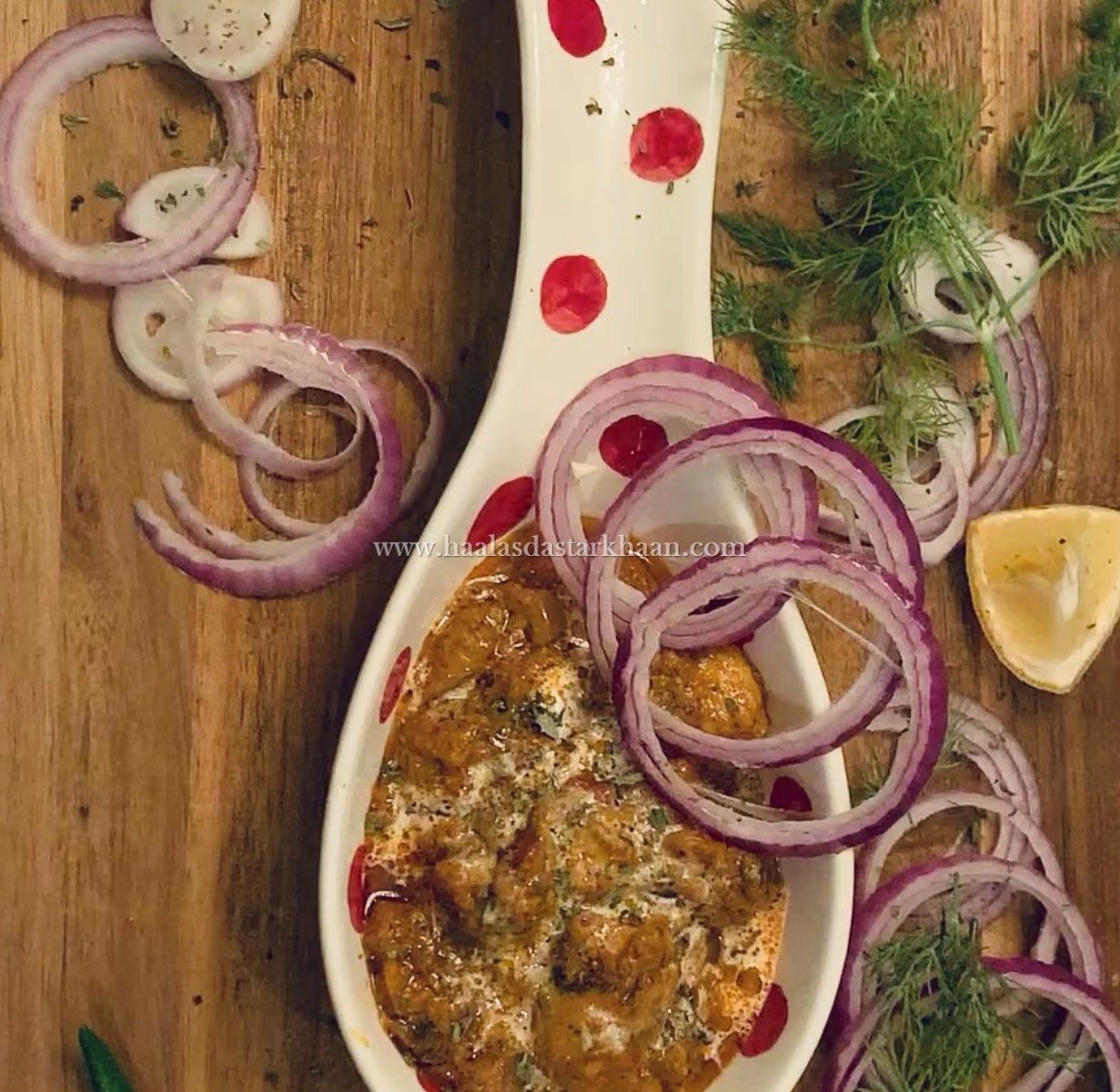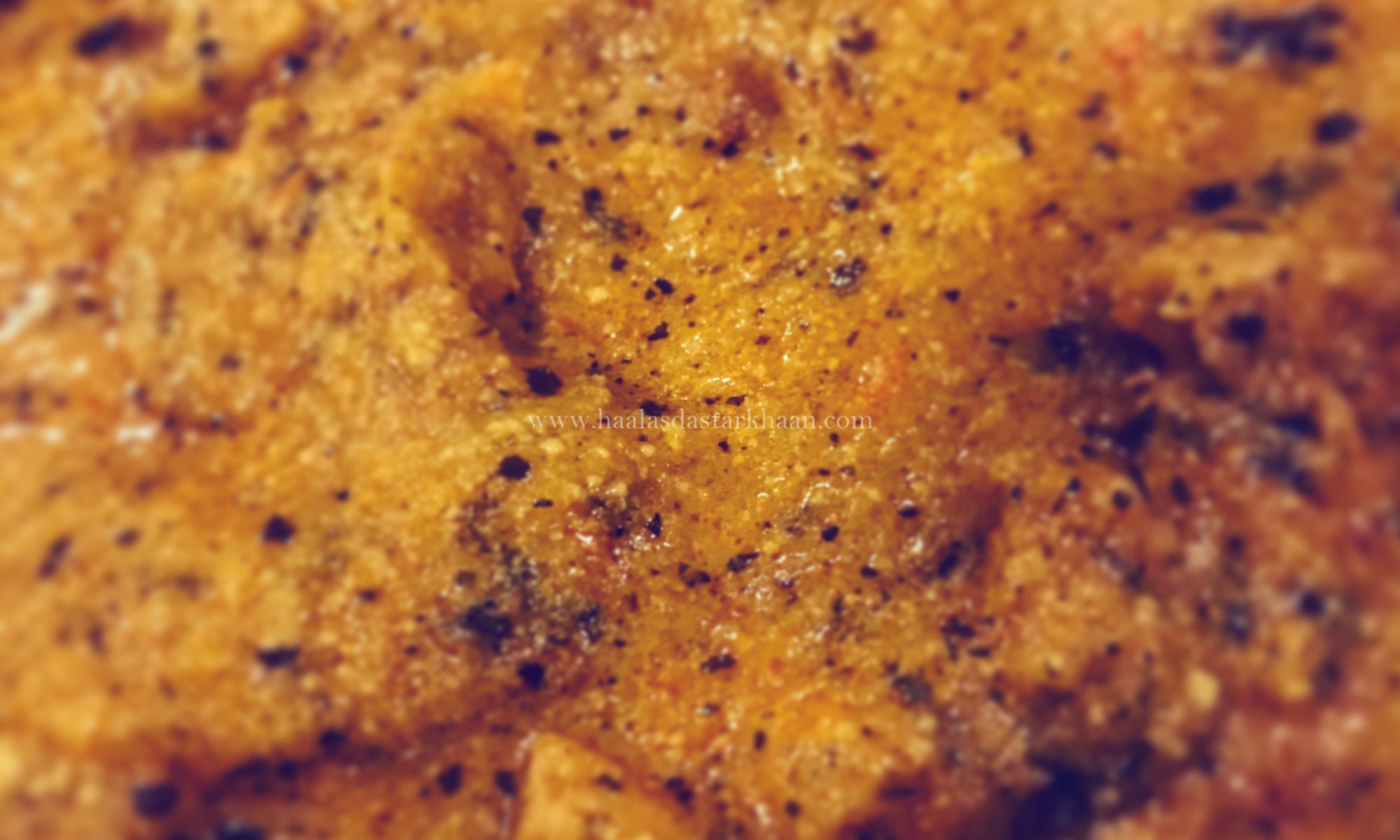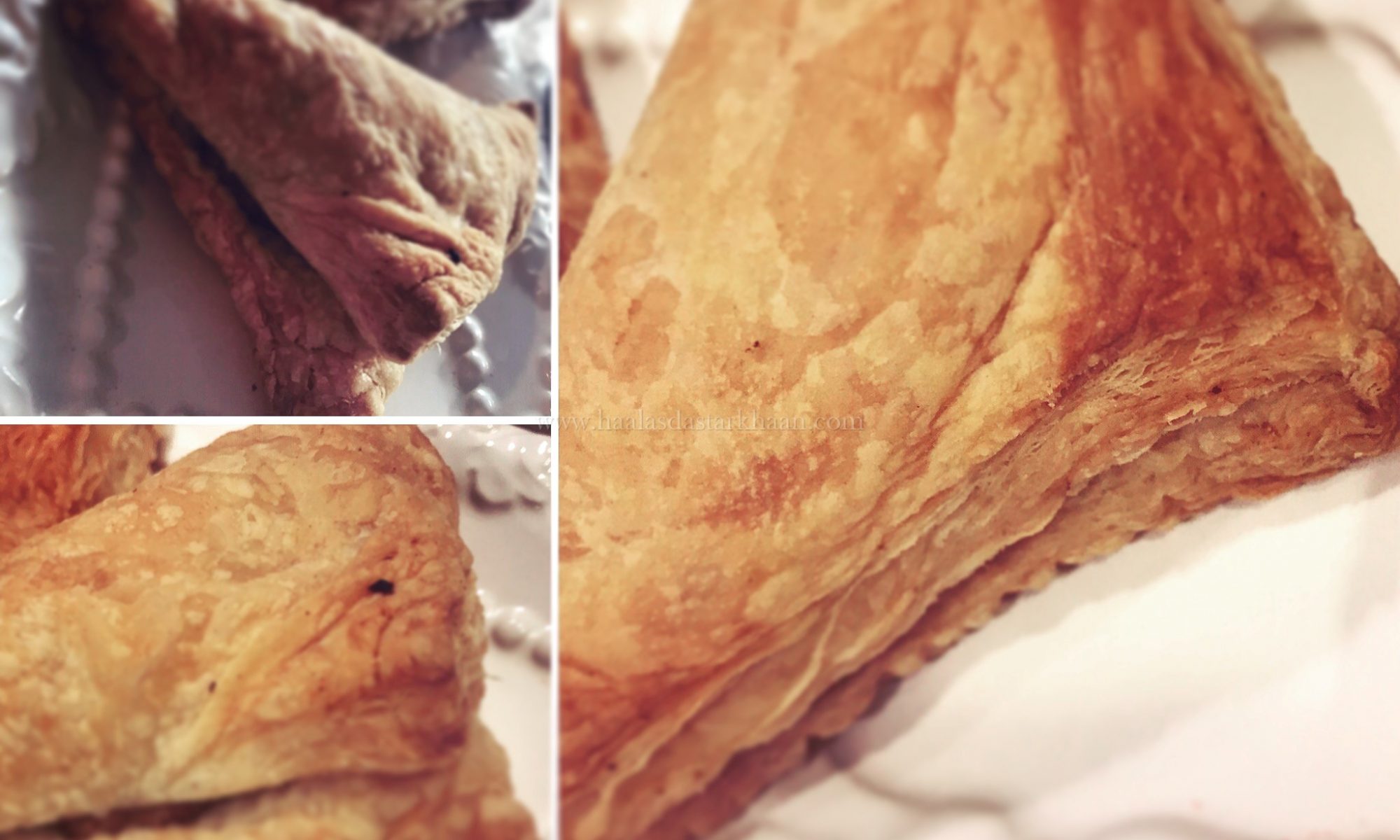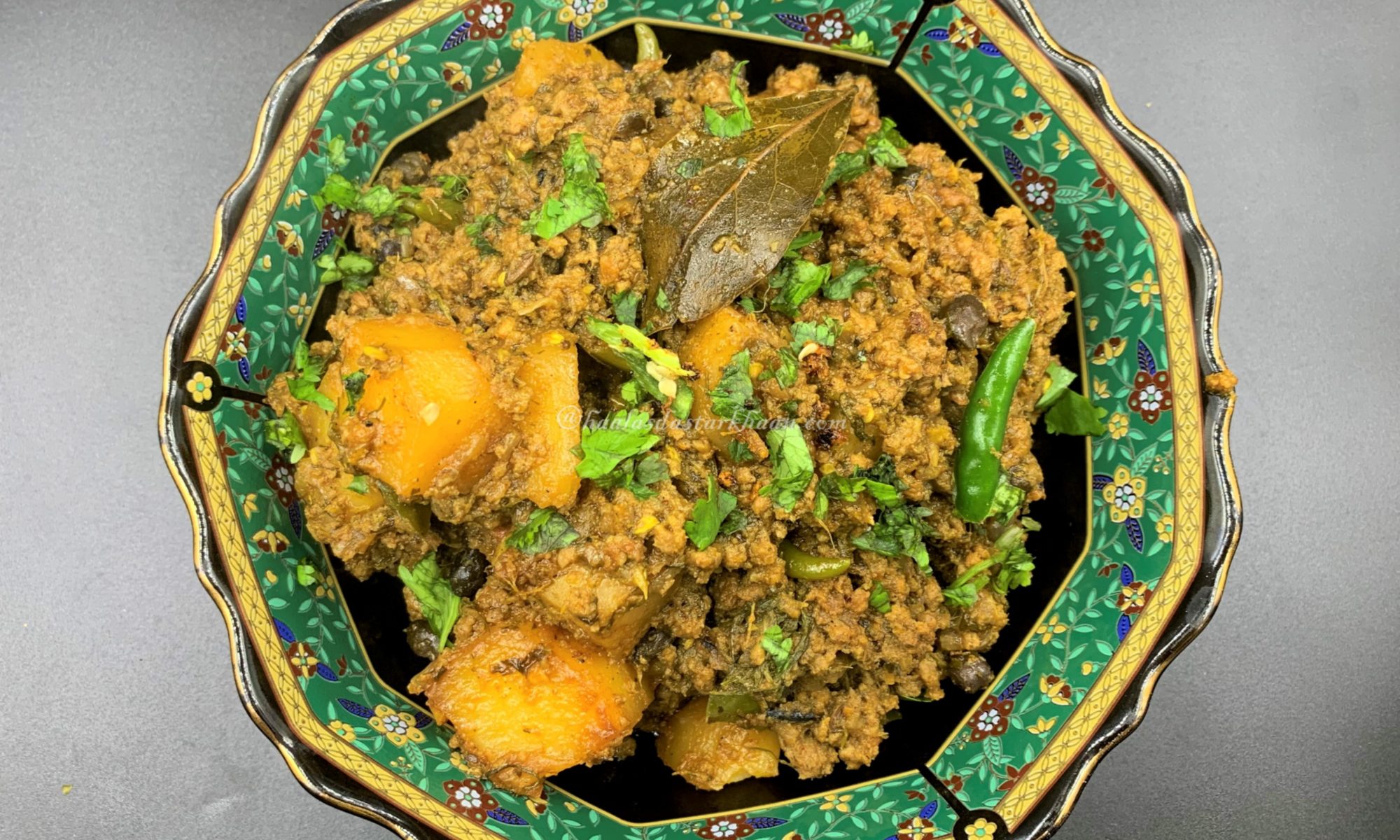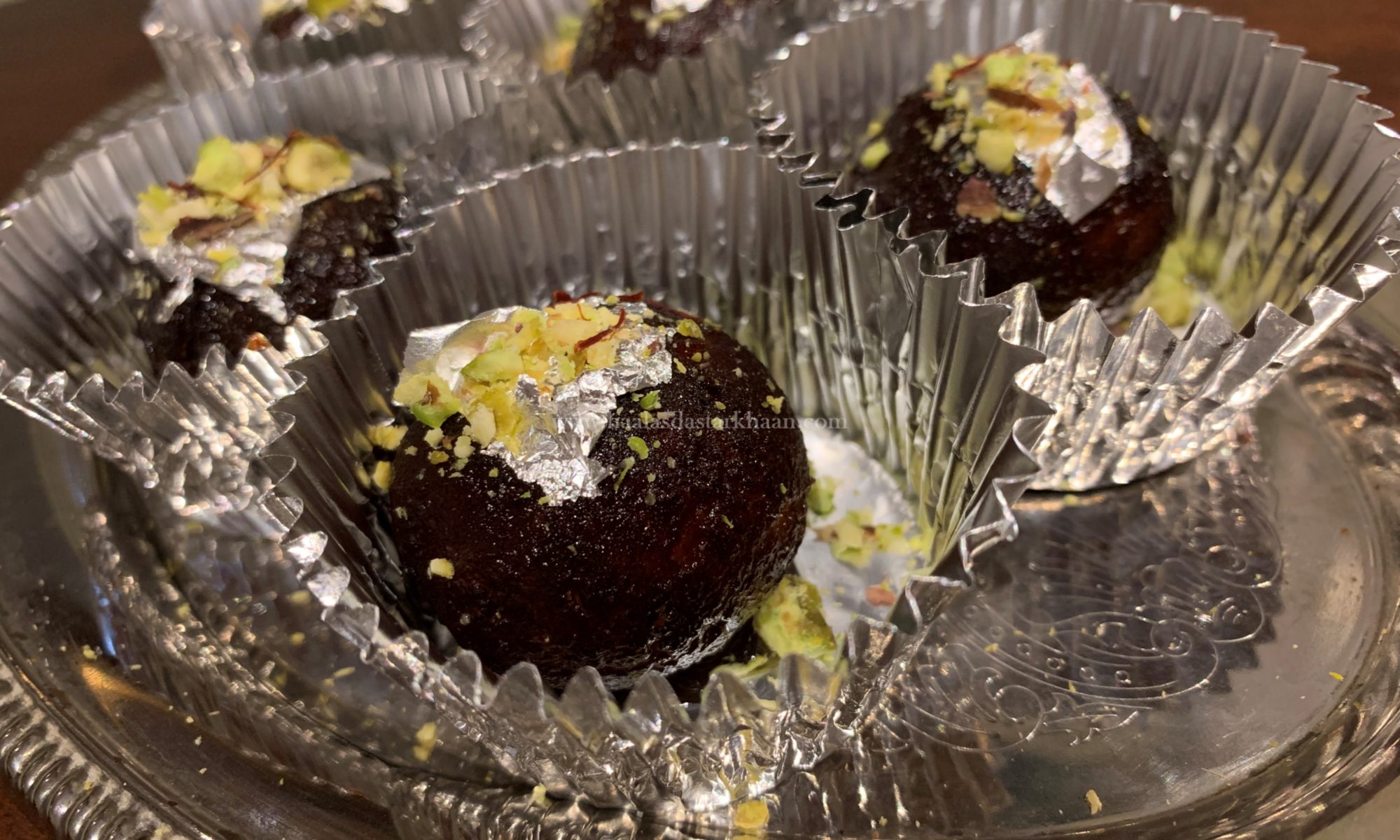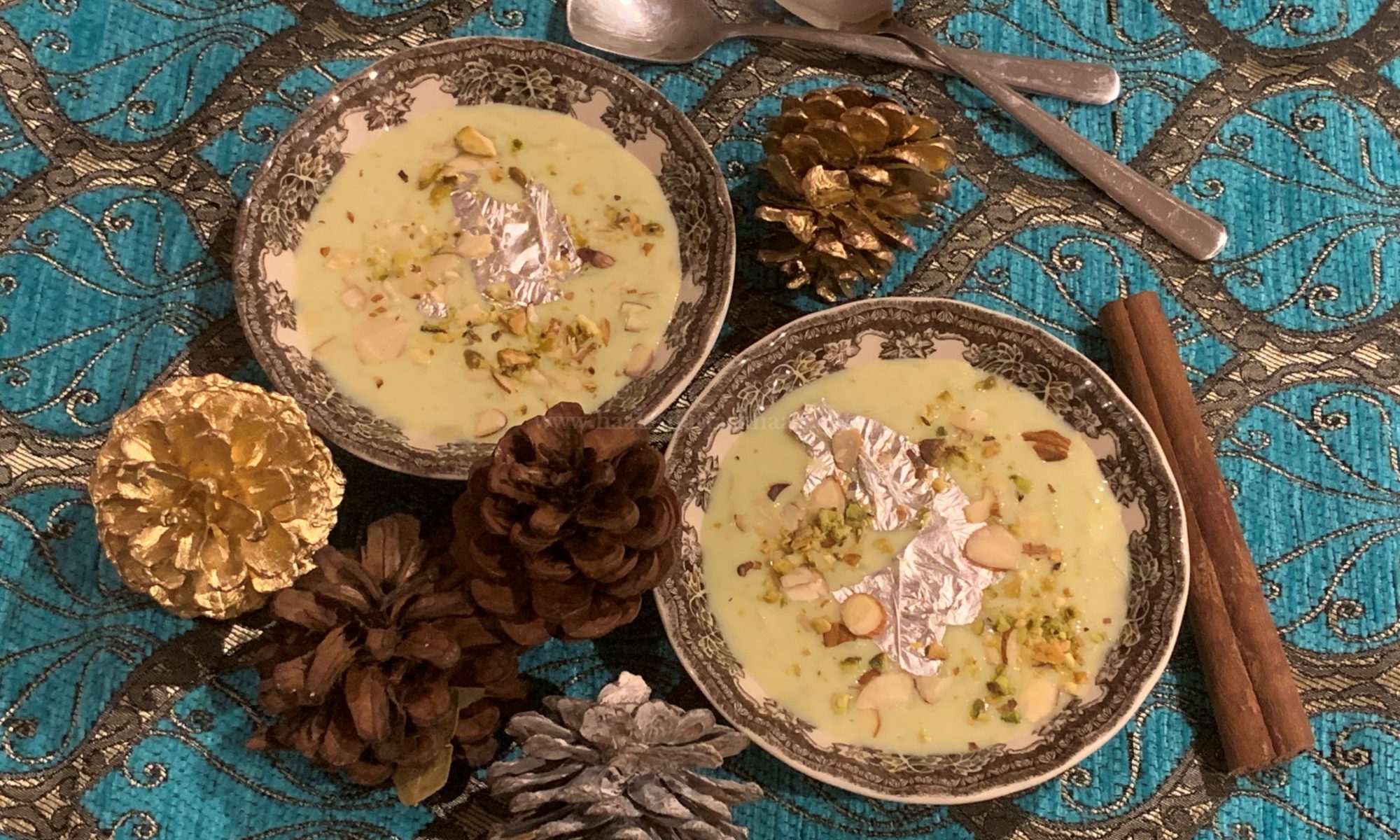After Moong Daal ka halwa, Badaam ka Halwa has been my favorite. I just love the flavor of Almonds with the grainy texture cooked in ghee with the sweetness that can melt hearts.
Halwa are the innovative creations a gift from Mughla or Persian rulers. The halwas were introduced in wide range from Moong Daal Halwa or Chana Daal Halwa to those made with Carrot and Bottle Gourd and if you can dare to be more exotic one is made with just Almonds. All Halwas are rich, full-of-ghee fudges and are cooked to perfection in milk solids and milk.
Badaam Ka Halwa of course, is the quintessential rich man’s dessert. The expensive sweet dish is cooked simply, adding richness with Saffron or Zaafraan and Milk solids like Khoya. A little flavor of Screwpine water or Kewra adds a lot fragrance when added with Saffron. Kewra and Zaafraan together not just enhance flavor and fragrance but also enhance color. I always love decorating my sweet dishes with Silver varq, and I always feel that silver varq adds a lot of glamour to a dish. And for something that looks beautiful always wins the first food serving battle of presentation, since it’s a feast for the eye. Of course, if the flavors aren’t doing justice to your taste buds, then the eye feasting doesn’t do much. In this case the sweet dish is very easy to make. All you have to pay attention to is adding the right quantity of ingredients at the right time. Almonds are known to absorb flavors while maintaining their own. So you wouldn’t want anything to be added in quantity more than required specially if things cannot be reversed. Because of the copious mounts of ghee and heavier grain, this Badaam Halwa is basically a winter delicacy.
Halwas made using vegetables were invented in the kitchens of the Mughlia Empire when the Mughal culture was at its zenith of cooking. The use of lavish Almonds, pistachios, cashews , walnuts and saffron added to those delicious inventions made them more desirable and put them under the category of celebration food. Though I am not a big fan of dishes like Apple Halwa and a new known mango Halwa. I feel a hint of those fruits with Flour or Semolina and serving it as a Halwa is fine. But the moment the entire halwa is made using a single fruit, as much as people feel its something innovative, my personal opinion differs. I feel a hint of a fruit gives out lovely flavors as opposed to an entire fruit that might leave you with a very strong taste for hours and I am someone who enjoys a mix of flavors in a bite than one flavor over powering the others.
Coming back to Badaam ka halwa. This sweet dish is rich and extremely loved in every family I ever made it for.
